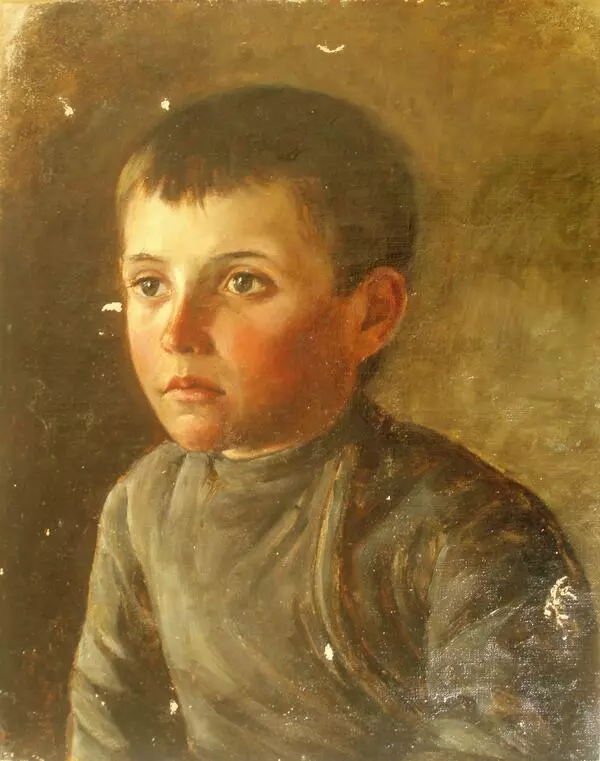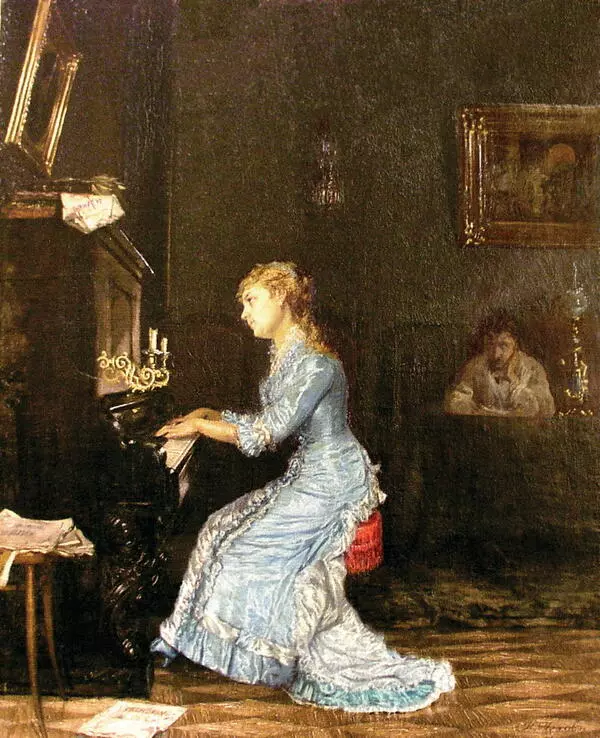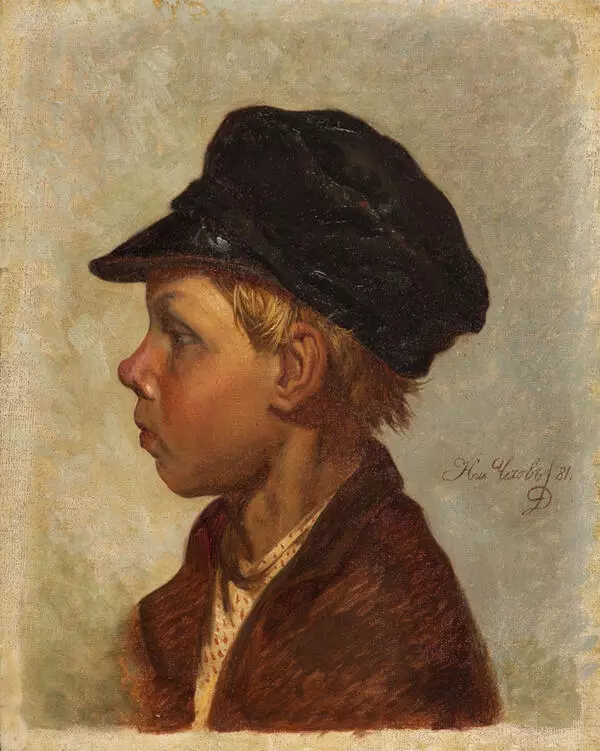Vasily Surikov painted “Menshikov in Beryozovo” in 1883, and it was immediately purchased by Pavel Tretyakov for the collection of the Tretyakov Gallery. Anton Chekhov’s brother, Nikolay Pavlovich, made a copy of the painting’s fragment when he was a student at the Moscow School of Painting, Sculpture and Architecture. It is a portrait of Alexander Menshikov’s elder daughter Maria, who had a bright and tragic fate.
Alexander Menshikov met the future Emperor Peter I at the age of 14 and remained his loyal friend and chief adviser all his life. He was the first governor of the young St. Petersburg, a count, a prince, an admiral, a generalissimo and, as Alexander Pushkin called him, “the mighty quasi-sovereign”. After the death of Peter I, Menshikov took over the reign of the country, but soon Peter II, the emperor’s eleven-year-old grandson, deprived him of all his regalia and exiled him to Siberia. Menshikov’s wife died on the road; he himself managed to build a log house and died of a stroke two years later.
Vasily Surikov was inspired to paint the picture by a situation from his own life. The artist was spending the summer with his family in the suburbs of Moscow. It was raining and the children were gathered around the table in a peasant hut. Surikov sat in front of God’s corner flipping through a history book. He remembered his own childhood in Siberia, the snow, when he did not want to go out. Something familiar suddenly flashed before the artist, as if he had experienced it all a long time ago and had seen the rain, the fogged-up window, the icons, the family at the table. “When was it, where?” Surikov asked himself and suddenly thought, “Menshikov! Menshikov in Beryozovo! I immediately imagined him alive in all the details, the way he would fit into the picture.”
Vasily Surikov depicted Menshikov in a hut with three children, all deeply immersed in thoughts of their new destiny. Alexander Danilovich himself looks lost, his elder daughter Maria desperately clings to her father. His son Alexander plucks wax from the candlestick, and the younger Sasha leans over a book with quiet childlike joy.
Maria Menshikova’s face is especially expressive. This sixteen-year-old girl was betrothed a year earlier to the heir to the throne, Emperor Peter II, and was preparing to become the first lady of the Russian Empire. Now she was deprived of all prospects and locked in a remote Siberian village without a mother, balls, outfits and support. According to one version, Maria died shortly after her father during a black pox epidemic. According to another, Prince Fyodor Dolgoruky, who had long been in love with Maria, visited her in Beryozovo. They were secretly married, but Maria died in childbirth along with her twins.
Alexander Menshikov met the future Emperor Peter I at the age of 14 and remained his loyal friend and chief adviser all his life. He was the first governor of the young St. Petersburg, a count, a prince, an admiral, a generalissimo and, as Alexander Pushkin called him, “the mighty quasi-sovereign”. After the death of Peter I, Menshikov took over the reign of the country, but soon Peter II, the emperor’s eleven-year-old grandson, deprived him of all his regalia and exiled him to Siberia. Menshikov’s wife died on the road; he himself managed to build a log house and died of a stroke two years later.
Vasily Surikov was inspired to paint the picture by a situation from his own life. The artist was spending the summer with his family in the suburbs of Moscow. It was raining and the children were gathered around the table in a peasant hut. Surikov sat in front of God’s corner flipping through a history book. He remembered his own childhood in Siberia, the snow, when he did not want to go out. Something familiar suddenly flashed before the artist, as if he had experienced it all a long time ago and had seen the rain, the fogged-up window, the icons, the family at the table. “When was it, where?” Surikov asked himself and suddenly thought, “Menshikov! Menshikov in Beryozovo! I immediately imagined him alive in all the details, the way he would fit into the picture.”
Vasily Surikov depicted Menshikov in a hut with three children, all deeply immersed in thoughts of their new destiny. Alexander Danilovich himself looks lost, his elder daughter Maria desperately clings to her father. His son Alexander plucks wax from the candlestick, and the younger Sasha leans over a book with quiet childlike joy.
Maria Menshikova’s face is especially expressive. This sixteen-year-old girl was betrothed a year earlier to the heir to the throne, Emperor Peter II, and was preparing to become the first lady of the Russian Empire. Now she was deprived of all prospects and locked in a remote Siberian village without a mother, balls, outfits and support. According to one version, Maria died shortly after her father during a black pox epidemic. According to another, Prince Fyodor Dolgoruky, who had long been in love with Maria, visited her in Beryozovo. They were secretly married, but Maria died in childbirth along with her twins.









